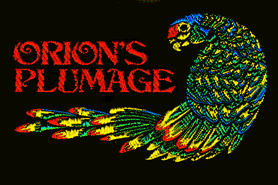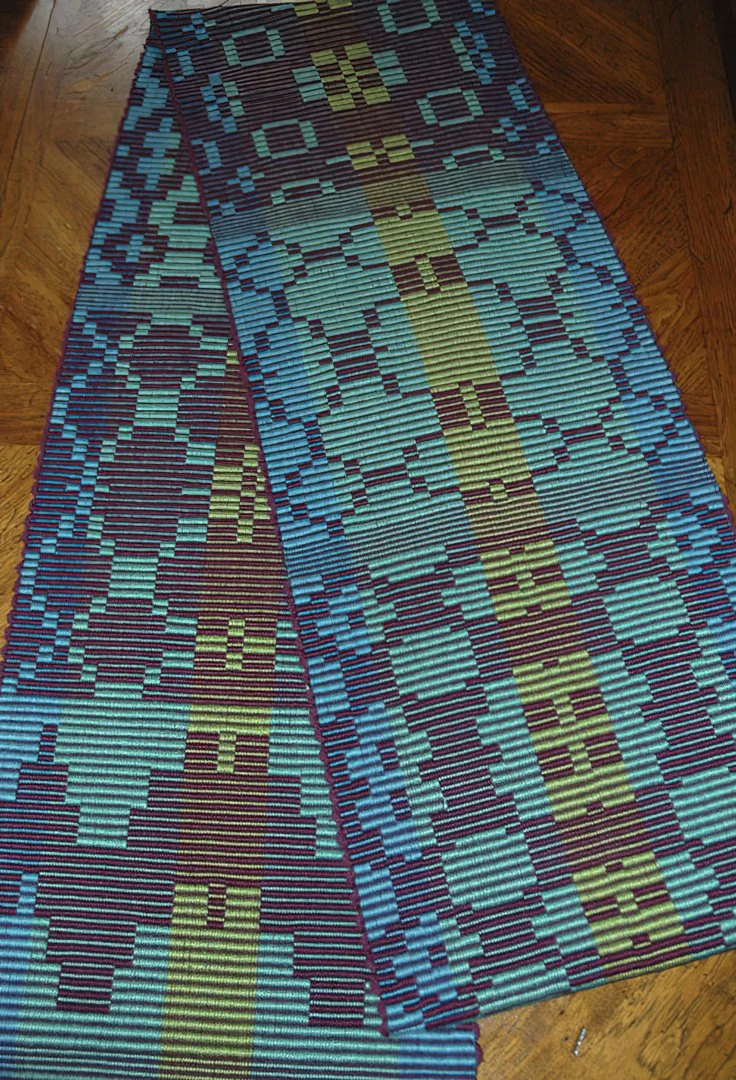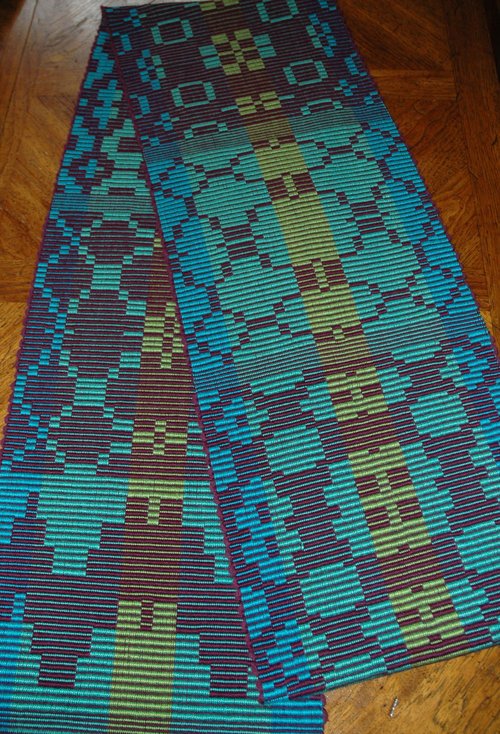The structure of Huck Lace provides a treasure trove of design for weavers. It is a weave structure combining textures of warp and weft floats with plain weave. An 8-shaft loom can produce six blocks of design while a 4-shaft loom can produce a myriad of different textures.
The workshop begins with a Power Point presentation showing how “blocks” or units of huck lace are threaded on four and eight shafts. Discussions will focus on converting a profile draft into a threading and treadling, and how literally thousands of designs can be created within a single threading by changing the tie-up.
Participants will use printed Design Pages, Transparent Overlays, and the Huck Lace Template from Neilson’s book An Exaltation of Blocks to explore the design possibilities for 6-block Huck Lace. Weavers with 4-shaft looms will learn the sixteen different textures of 2-block Huck Lace. The designs will be translated into woven towels.

































